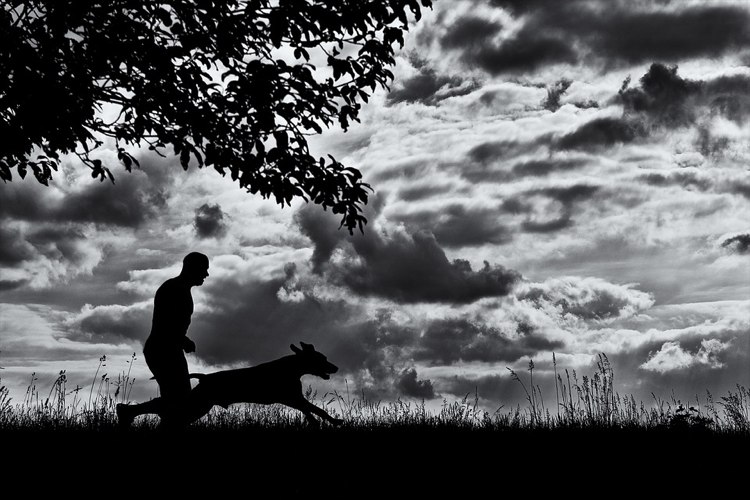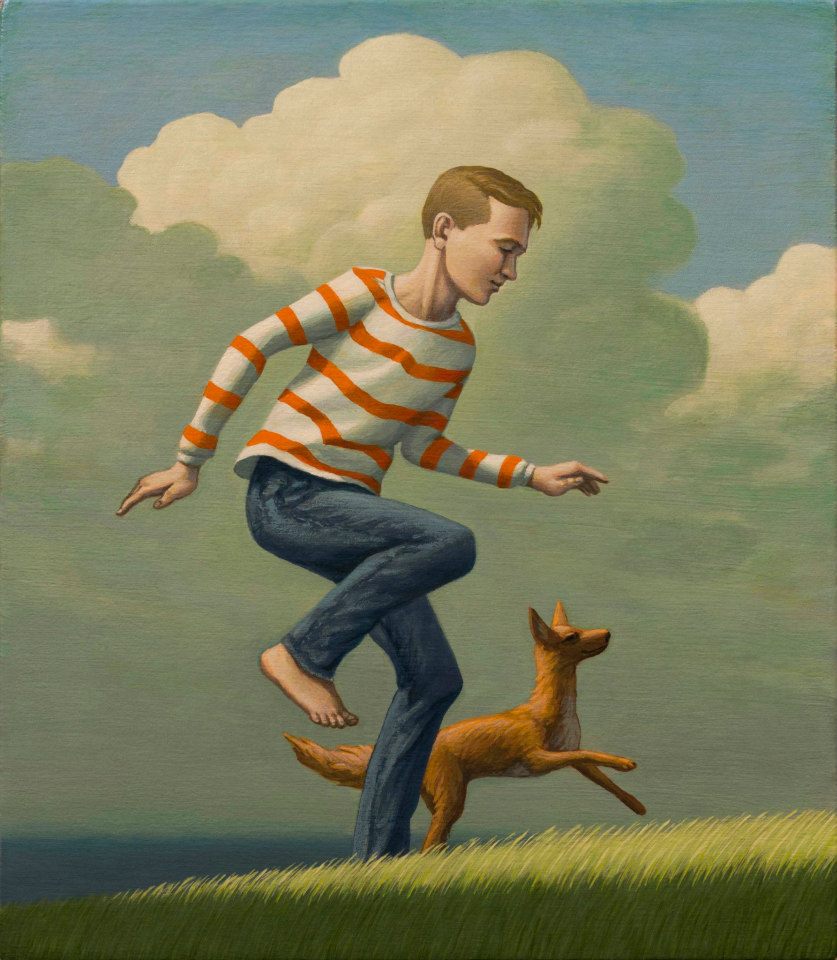
La Veja Ode al cane
An ode poem is traditionally divided into three sections, or stanzas: 1. The strophe. In a Greek ode, the strophe usually consists of two or more lines repeated as a unit. In modern usage, the term strophe can refer to any group of verses that form a distinct unit within a poem. 2.

Ode al cane di Pablo Neruda la poesia per il migliore amico dell'uomo
And how has it developed through history? - Classical Music. Learn all about the ode, a key musical form whose uses include the serenading of kings and queens. Browse a wealth of classical terms at classical-music.com.

Ode al cane. ControLetture
An ode is a lyrical stanza written in praise for a person, event, or thing. The form developed in Ancient Greece and had a very specific and elaborate structure involving three parts known as the strophe, antistrophe, and epode. Originally, Greek odes were set to music.

Enzo Montano Ode al cane Pablo Neruda
These cookies are necessary for the service to function and cannot be switched off in our systems. They are usually only set in response to actions made by you which amount to a request for services, such as setting your privacy preferences, logging in or filling in forms.

Cinque straordinarie poesie sui cani Cinque cose belle
Music credits:'Phase Shift' by Scott Buckley - released under CC-BY 4.0. www.scottbuckley.com.au

Louis Son "Ode" al cane peloso (Olivia) testo di Daniela Mazzoleni
"Il cane mi domandae non rispondo.Salta, corre per i campi e mi domandasenza parlaree i suoi occhisono due richieste umide, due fiammeliquide che interrogano.

Ode al cane, Pablo Neruda [Poesia]
Digital and analog. We often think of them, mistakenly, as equivalent things in different domains. But that's a misunderstanding, and we often use the terms incorrectly.

Ode al cane
Ode. A formal, often ceremonious lyric poem that addresses and often celebrates a person, place, thing, or idea. Its stanza forms vary. The Greek or Pindaric (Pindar, ca. 552-442 B.C.E.) ode was a public poem, usually set to music, that celebrated athletic victories. (See Stephen Burt's article "And the Winner Is . . .

Ode al cane con l’uomo ≈ Terra Colorata
AudiolibriMarcello ComitiniOde al cane con l'uomo © 15 giugno 2020testo:https://marcellocomitini.wordpress.com/2021/01/31/ode-al-cane-con-luomo/Lettura di Lu.

Ode al Cane P.Neruda
Provided to YouTube by Symphonic DistributionOde al cane · Erranti PoesieInterpretando Neruda, Vol.1℗ 2018 Moebius RecordsReleased on: 2018-07-27Producer: Em.

Ode al cane Pablo Neruda Gaia Morini
Buy Ode al cane by Paronuzzi, A. (ISBN: 9788887853384) from Amazon's Book Store. Everyday low prices and free delivery on eligible orders.

Ode al cane, da “Navigazioni e dintorni” (1959), Pablo Neruda
Certain aspects of the ADSR are up for interpretation. Exactly how the ADSR re-triggers when not starting from idle, for instance. Also, we can decide whether we want constant rate, or constant time control of the segments.

107 29122013 ode al cane
In omaggio a tutti gli animali che camminano muovendo sei zampe, come me.***Il cane mi domanda e non rispondo.Salta, corre pei campi e mi domandasenza parlar.

Ricette per cani Le migliori ricette per il nostro cane Ricette per
An ode (from Ancient Greek: ᾠδή, romanized: ōdḗ) is a type of lyric poetry.Odes are elaborately structured poems praising or glorifying an event or individual, describing nature intellectually as well as emotionally. A classic ode is structured in three major parts: the strophe, the antistrophe, and the epode.Different forms such as the homostrophic ode and the irregular ode also enter.

Pin su Pablo Neruda
In this discussion, "oversampling" means oversampling on output—at the digital to analog conversion stage. There is also a technique for oversampling at the input (analog to digital) stage, but it is not nearly as interesting, and in fact is unrelated to oversampling as discussed here.

Ode al cane Giardini di rose
1. Andrew Marvell, ' An Horatian Ode upon Cromwell's Return from Ireland '. He nothing common did or mean Upon that memorable scene, But with his keener eye The axe's edge did try.